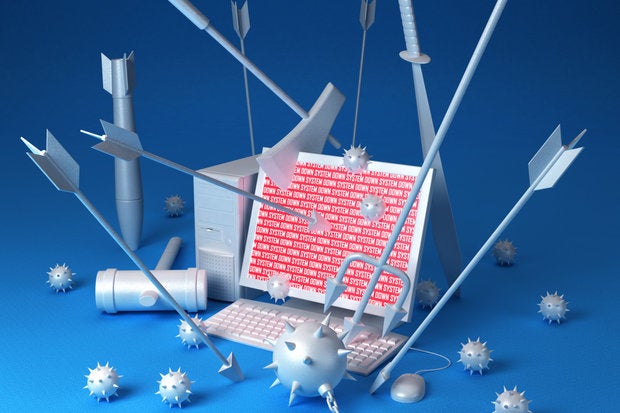CIA repurposed Shamoon data wiper, other malware

Credit to Author: Lucian Constantin| Date: Wed, 08 Mar 2017 06:35:00 -0800
The U.S. Central Intelligence Agency documents published by WikiLeaks Tuesday shows that one of the agency’s teams specializes in reusing bits of code and techniques from public malware samples.
According to the leaked documents the Umbrage team is part of the Remote Development Branch under the CIA’s Center for Cyber Intelligence. It maintains a library of techniques borrowed from in-the-wild malware that could be integrated into its own projects.
To read this article in full or to leave a comment, please click here





